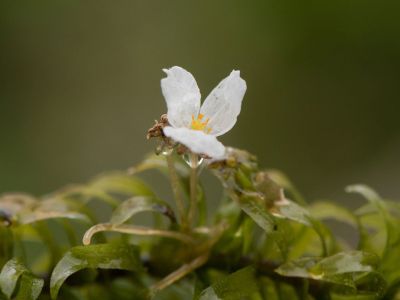Though finding adaptable and easy-to-grow plants is often a priority, it should also be noted that some species may cause more issues than good. The use of Brazilian waterweed in aquariums is just one example of how a single planting may come to overtake its aquatic home. With this in mind, many are left to ask, “Is waterweed invasive?”.
Anacharis Plant Info
What is Brazilian waterweed? Brazilian waterweed (Egeria densa syn. Elodea densa), also known as anacharis and elodea, is a perennial aquatic plant that can grow to lengths of up to 10 feet (3 m.). Native to South America, the anacharis plant has been studied for its potential ability to remove pollutants from water sources. However, its most common attribute is its ability to quickly grow and reproduce. Brazilian waterweed in aquariums and ponds can quickly spread, as floating stem pieces are able to develop roots from leaf nodes. When left unmanaged, invasive waterweed plants can quickly form thick mats over the surface of the water. In fact, the Brazilian waterweed plant is illegal in at least 20 different U.S. states. Before planting, check the laws and regulations regarding this plant where you live.
Anacharis Plant Care
Those who would like to know how to grow anacharis will be pleased to know that planting is quite easy. First, growers will need to locate a transplant. These plants can most often be found at specialty aquatic nurseries. Make certain to choose plants that appear green and lush. Brazilian waterweed can be planted directly into a tank or pond substrate or simply placed on the surface of the water. If choosing to add this to a small water garden, it’s best to plant in aquatic containers. Due to their aggressive habit, it will be essential that this plant is routinely trimmed or pruned. This is especially true if it is growing in tandem with aquatic animals like fish, frogs, or turtles.
